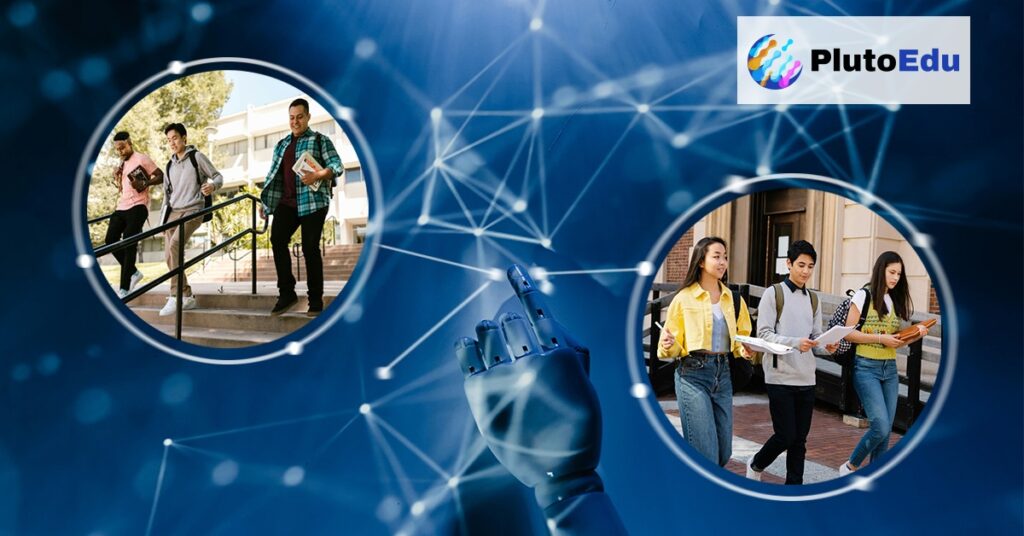Introduction
In today’s fast-paced higher education landscape, choosing the right university admissions system is critical. Universities and graduate schools face mounting pressure to streamline their admissions processes. Traditional tools like email threads, spreadsheets, and static PDF forms simply can’t keep up with the expectations of modern applicants or the operational needs of growing institutions.
That’s where a modern university admissions system becomes essential to managing applicant experience and institutional workflows. A modern admissions system must do more than collect applications — it must enable collaboration, transparency, automation, and real-time insight.
Here are the 7 essential features every university should look for in a modern admissions platform.
1. Workflow-Driven Review in a University Admissions System
Gone are the days of forwarding applications via email. A robust admissions platform should support workflow automation — enabling faculty reviewers, committees, and academic leadership to receive, review, comment, and make decisions in a role-based, organized flow.
Benefits:
- Faster decision cycles
- Fewer errors and dropped applications
- Complete audit trails
🧠 PlutoEdu uses configurable workflow builders tailored for each program’s unique review structure.
2. Smart Application Form Builder
Your system should allow non-technical staff to design dynamic, multilingual forms with conditional logic. You should be able to tailor the form based on program, applicant type, or academic level.
Features to look for:
- Drag-and-drop interface
- Conditional sections
- Easy mapping to back-end databases
📌 With PlutoEdu, admissions teams can build custom application forms in minutes — no IT help required.
3. Recommendation Letter Integration
Managing references manually can be frustrating for both applicants and administrators. An integrated system should:
- Let applicants nominate referees directly in the application
- Send automated email requests to referees
- Track submission status in real time
📎 PlutoEdu simplifies the recommendation process, ensuring timely submissions and reducing administrative overhead.
4. Offer Letter Automation
Manually generating offer letters introduces delays and risks. Your admissions platform should:
- Auto-generate personalized offer letters with approval steps
- Support multiple offer versions (conditional, full, etc.)
- Enable digital acceptance by the applicant
💡 PlutoEdu lets you automate the offer process end-to-end, reducing turnaround time by up to 70%.
5. Student Dashboard & Communication Center
Applicants today expect transparency. A student-facing dashboard should:
- Show application status in real time
- Highlight missing documents
- Provide clear next steps
Bonus points for systems that enable:
- Automated status emails
- SMS or WhatsApp integration
📲 PlutoEdu includes a real-time dashboard and communication module — no more wondering “What’s next?”
6. Analytics & Reporting for Decision-Makers
A modern system must go beyond application collection — it should deliver insights. Look for platforms that offer:
- Application funnel analytics
- Reviewer performance metrics
- Diversity and conversion tracking
- Exportable dashboards for leadership
📊 PlutoEdu’s analytics dashboard helps universities make informed, data-driven decisions.
7. Open API & Integration Capabilities
No system exists in a vacuum. Your admissions platform must integrate easily with:
- Student Information Systems (e.g., SAP SLcM,Banner,SalesForce)
- CRMs
- HR systems for postdoc/faculty recruitment
Look for platforms with RESTful APIs, webhook support, and standardized data exports.
🔌 PlutoEdu was designed API-first — enabling seamless integration with existing systems.
Final Thoughts
Modern admissions require more than just forms — they demand smart workflows, actionable insights, and seamless applicant experiences.
Investing in a robust university admissions system today ensures your institution stays competitive, efficient, and student-focused in the years to come.
Whether you’re recruiting undergraduates, graduates, or postdocs, the right technology can dramatically improve speed, transparency, and enrollment outcomes.
At PlutoEdu, we’ve built a platform specifically for the needs of higher education institutions, with modular workflows, intelligent analytics, and real-time integrations — all while staying incredibly user-friendly.
✅ Ready to See It in Action?
Request a personalized demo and see how PlutoEdu can help your institution modernize its admissions process from start to finish.
contact@plutoedu.com




